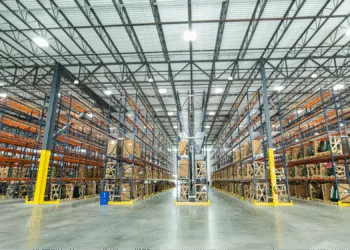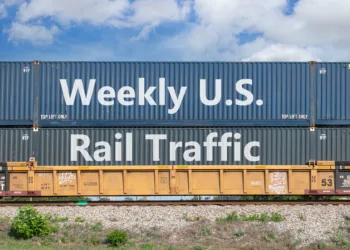Brazil’s Port of Santos Faces Challenges as Congestion Reaches Critical Levels
Operating at 95% capacity, BTP (Brasil Terminal Portuario) in the Port of Santos is now rejecting ships, creating a significant maritime bottleneck, as reported by Brazil’s Datamar News. Last week, BTP was unable to accommodate two scheduled container ships, prompting concerns about the port’s efficiency.
BTP, a joint venture between APM Terminals (a part of AP Moller Maersk) and MSC’s Terminal Investment’s Ltd (TIL), faced difficulties as the two vessels attempted to divert to alternative terminals, Santos Brasil and DP World Santos, both of which were also unable to handle the additional ships.
This critical situation underscores the lack of contingency space in the port, according to Brazilian media reports. The OECD recommends a terminal occupancy limit of up to 70% (yard) and up to 65% (berth) for optimal efficiency, emphasizing the challenges faced by Port of Santos, which has exceeded these thresholds.
Expansion plans for the port, including the scheduled auction of a new terminal in Santos in 2022, were halted during the Lula administration. Port Minister Márcio França (PSB) is now considering the need to keep the port under state control and evaluating the required expansion to prevent cargo loss to neighboring ports.
Despite assurances from the Santos Port Authority, the state-owned entity overseeing Latin America’s largest port, concerns persist about the port’s ability to handle containers. Datamar News reveals that since 2019, the port has been operating at its occupancy limit, handling 4.2 million TEU in that year.
Projections for this year estimate cargo volume at 5.3 million TEU for Santos, surpassing the operational capacity of 4 million TEU and reaching the threshold of inefficiency, as defined by the OECD at 70% of installed capacity – 5.7 million TEU.
As challenges persist, calls for full privatization are gaining momentum among private operators, who argue that this move could expedite much-needed investments to address the growing congestion crisis at the Port of Santos.








